1. FLUTTER, REACT NATIVE, AND CROSS-PLATFORM DEVELOPMENT
Mobile is the enabling centerpiece of digital convergence and the glue for other digital industries. Today’s hyper-connected world is facilitated by a myriad of adaptive apps running on various devices. With over 6.4 billion smartphone users worldwide, businesses have wide opportunities to launch top-notch mobile apps and reach a wide audience.
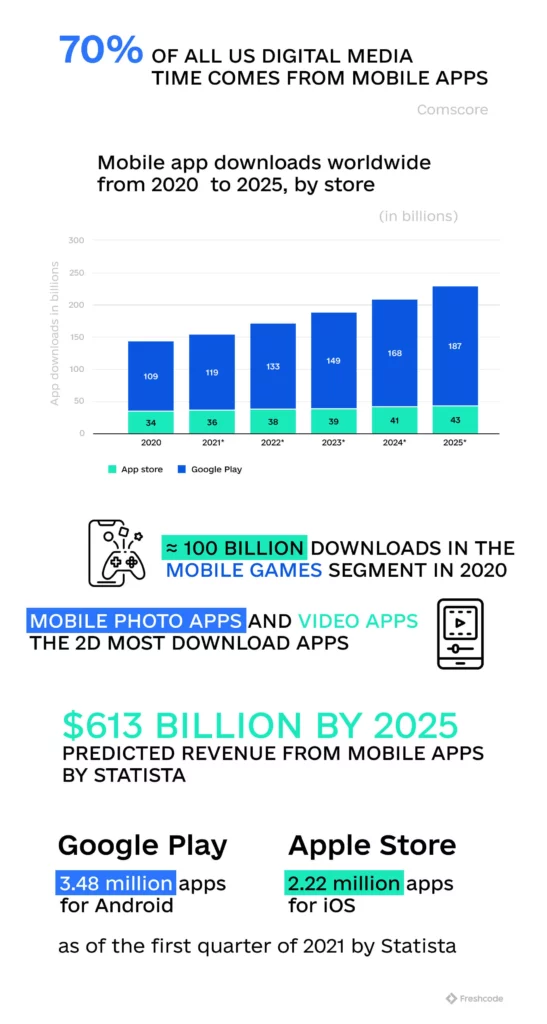
Cross-platform mobile app development has won the hearts – and minds – of many with a number of advantages, such as a single codebase or a wide market outreach. In 2022, professionals are seeking faster and more cost-effective solutions for mobile development to blast away the competition.
Enter the rising stars of recent years: Flutter and React Native cross-platform development frameworks.
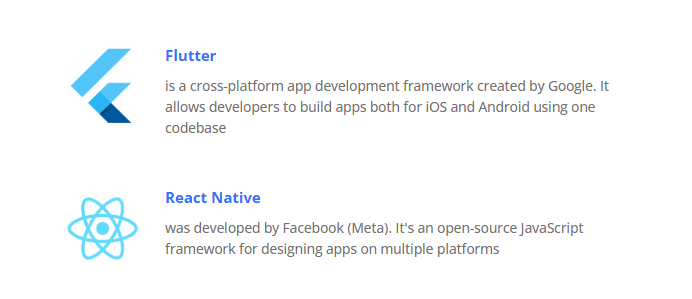
Flutter, the brainchild of Google, was designed to bring together native code performance and fast development cycle. It supports reusable UI components for both iOS and Android apps. This helps developers build adaptive applications that can be customized without too much effort or time loss.
React Native, on the other hand, divides where Flutter unites. It stems from the desire to combine the easy React web development with native code performance. Instead of cramming everything into a single iOS+Android shared component set, it provides UIs that are totally separate but allow transferring the app’s code in bulk thanks to the use of JavaScript.
2. FLUTTER AND ITS BENEFITS IN MOBILE APP DEVELOPMENT
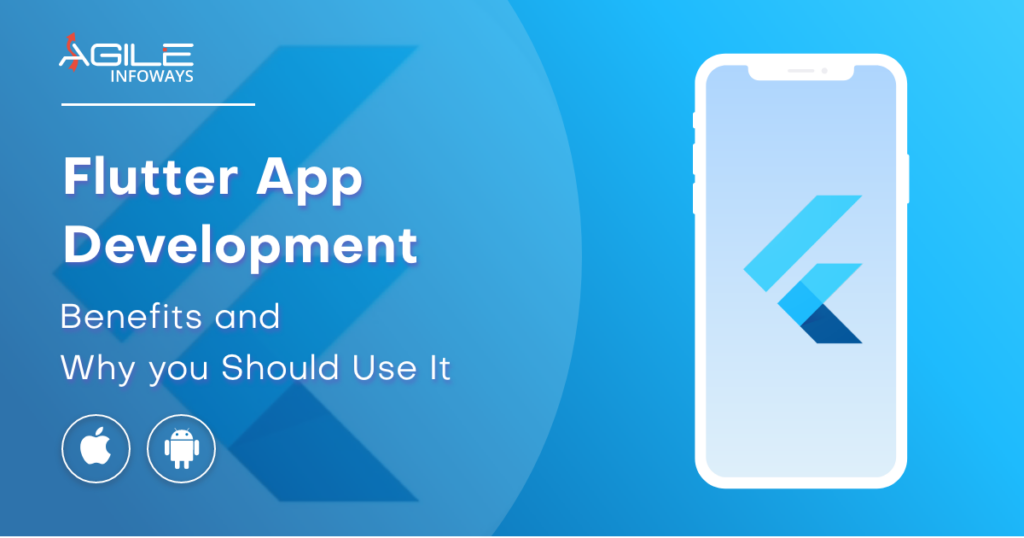
- Increased time-to-market speed
- High-preformance rendering engine
- Custom animated UI available
When you write apps using Flutter, you do it fast. The shared codebase means spending fewer resources on creating iOS and Android products. No need to hire separate developers for each platform and coordinate them within the team.
It enables you to make instant changes in the app which is a god-sent when it comes to bug fixing and code re-factoring. With a single code base, quality assurance and testing usually take much less time.
Flutter operates with Dart, a client-optimized and highly productive programming language. It boosts coding speed and makes the framework attractive like a Hollywood smile. Dart is an object-oriented language offering predictable and smooth performance without slowness or dropped frames.
3. REACT NATIVE AND ITS BENEFITS IN MOBILE APP DEVELOPMENT
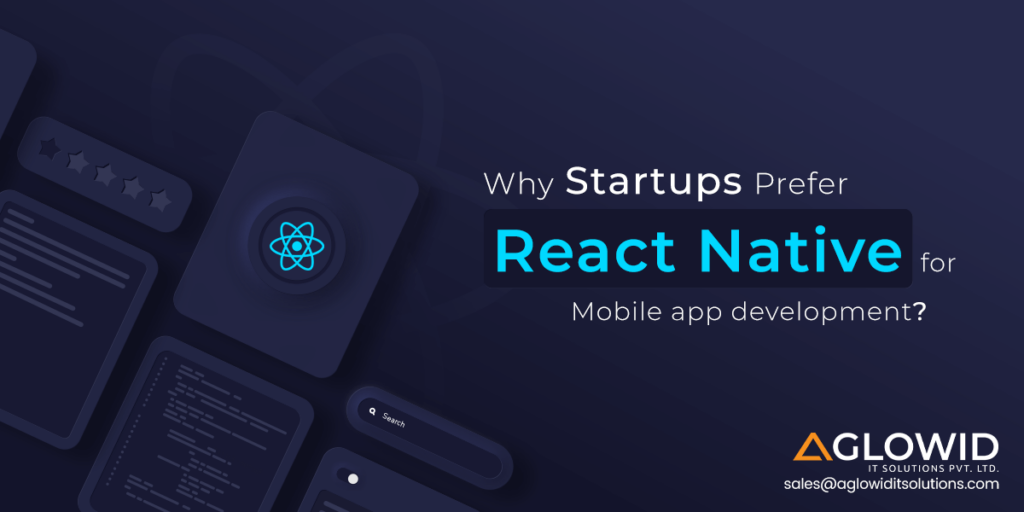
- Code reuse and pre-built set of components
- Hot reloading
- Intelligent debugging tools
With almost 90% of reusable code between iOS and Android, React Native cuts the development effort nearly in half. Of course, you’ll need to account for practical modifications, but overall you’ll enjoy its development elegance, indeed. It offers a well-structured application backed up with reusable components.
React Native architecture fits mobile devices like a glove. Unlike the ‘CPU intensive’ native platforms, it uses the Graphics Processing Unit (GPU) instead of a CPU. Thanks to this, it leaves the hybrid cross-platform tech well behind in terms of speed. Enjoy live reloading when you can see the results of a code change immediately, and you’re good to go.
(source: https://freshcodeit.com/)

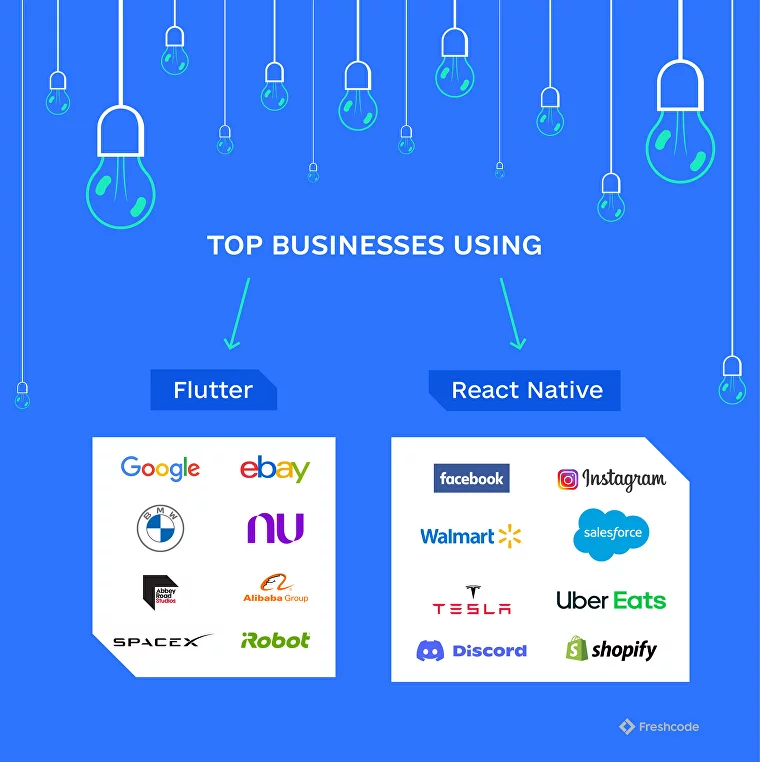
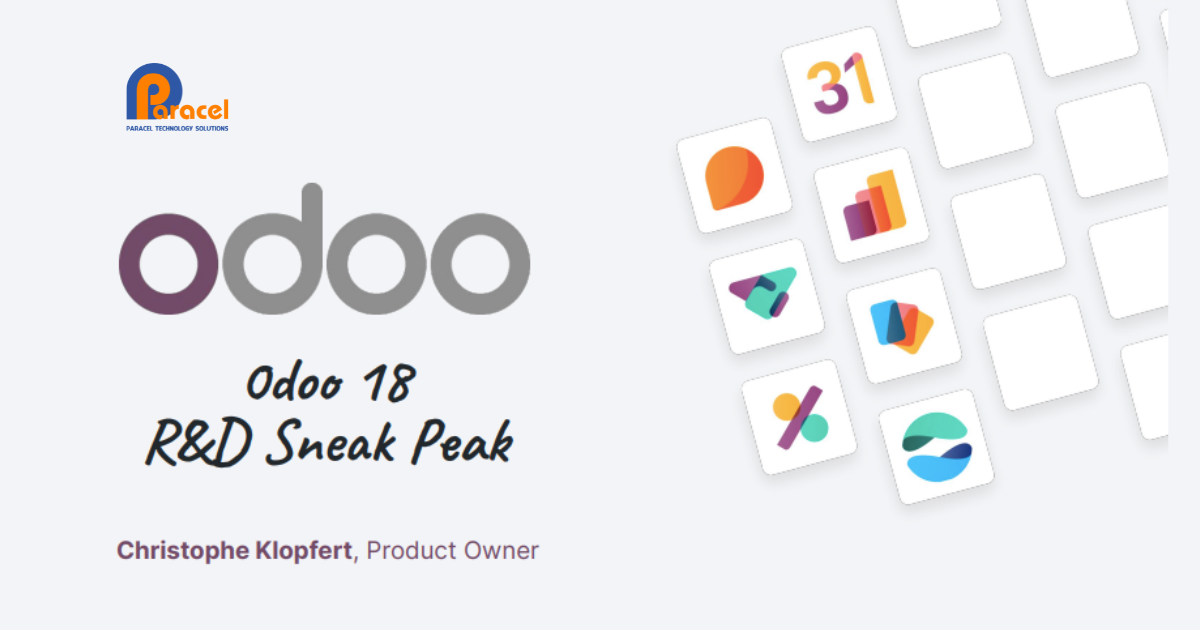


Thank you for your sharing. I am worried that I lack creative ideas. It is your article that makes me full of hope. Thank you. But, I have a question, can you help me? https://accounts.binance.com/el/register?ref=IQY5TET4
Your point of view caught my eye and was very interesting. Thanks. I have a question for you.